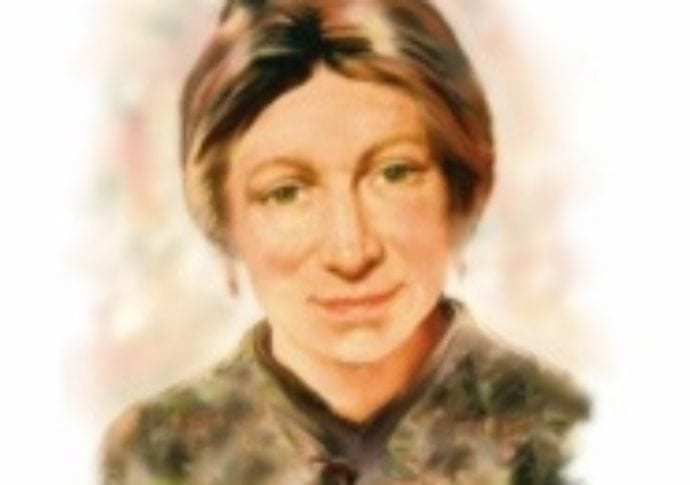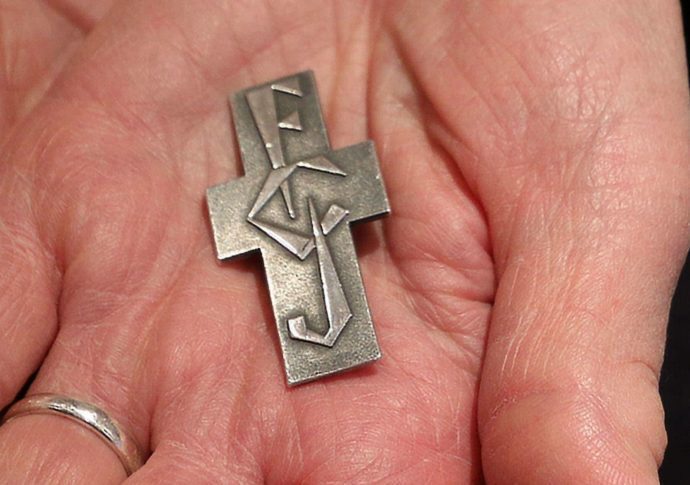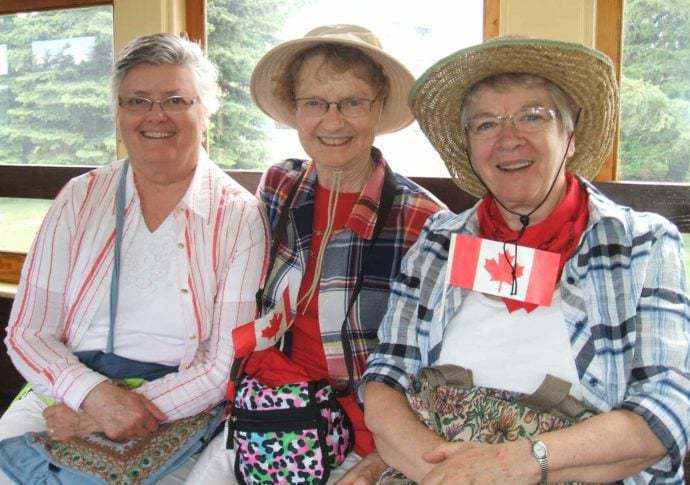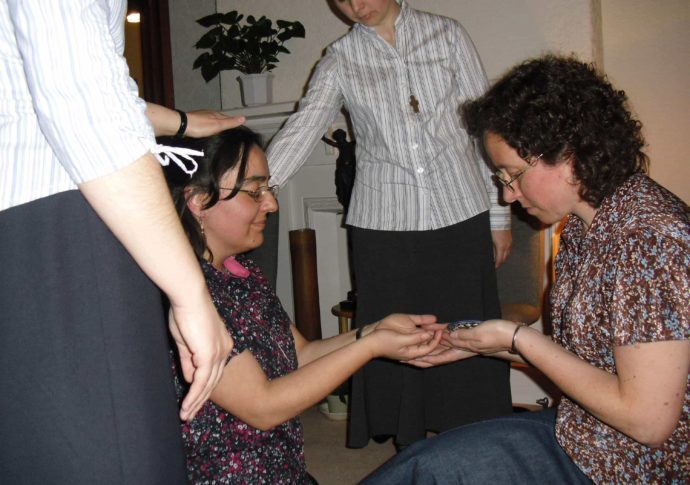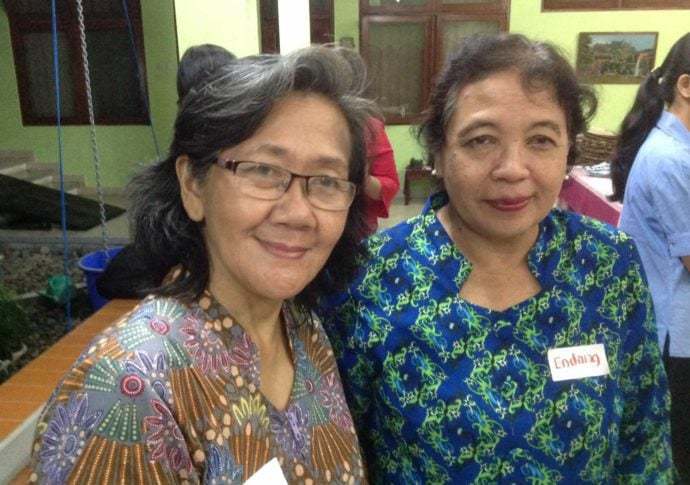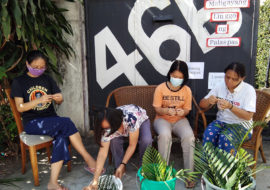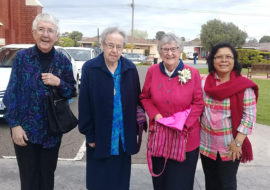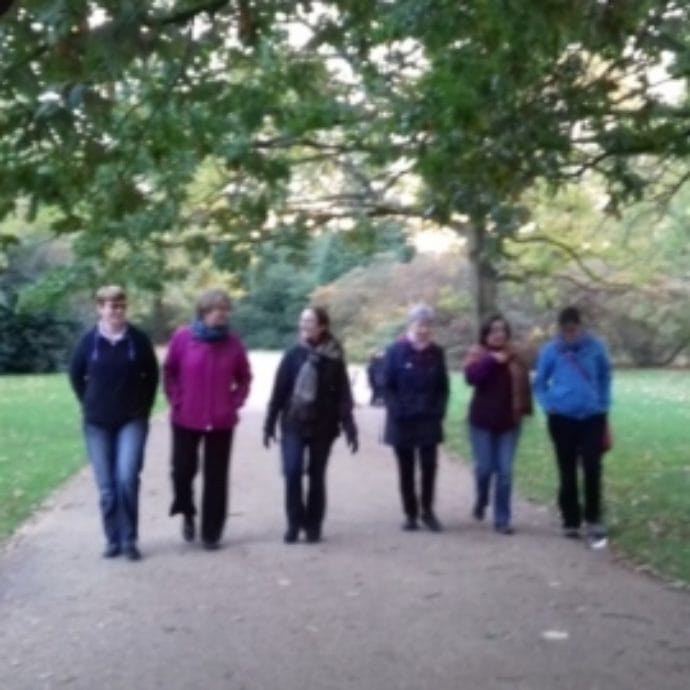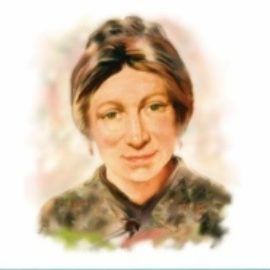To mark Mother’s Day, Ann Rennie, Companion in Mission from Australia, shares an article that she has written for her parish newsletter. Ann teaches English and Religious Education at Genazzano FCJ College
Mary, the mother of Jesus of Nazareth, is revered as Mother of the Church. Her love for this child shines through two thousand years of history, a love that survived great chasms of despair and touched heaven in its utter selflessness. As the mortal mother of this cherished child, she would have known the vast joys of love for her son. She would have sung him to sleep, cuddled him, kissed him better as he tumbled in toddlerhood, sought to understand him as her own flesh and blood. She would have baked special treats and told him stories and laughed as he grew up and played in the mud and watched the sparrows and wondered, as all mothers do, what would become of her precious son.
Mary, the peasant girl to whom Gabriel spoke, demonstrated great faith and courage when she assented to bear the Son of God. Her story, too, is recorded in the Qur’an where it is said that Gabriel blew a breath into her sleeve and she became pregnant immediately. I recently heard a young Muslim man say that Jesus was whispered into existence and I rather like this gentle image of the Annunciation. Imagine the trepidation and worry of the unknown and how this would have played on her young and fairly unsophisticated mind. She must have wondered how this would reflect on her family in a society so riven with its honour and shame demarcation, its ritual purity and its sense of religious orthodoxy. Yet, she said an emphatic Yes. Little did she know, in her humility and grace, that her obedience to the will of God would change the course of human history in an irrevocable way.
Her Yes then is our Yes now.
Yesterday is Yes today!
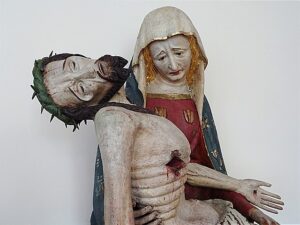
She was a refugee as she fled with her small family to Egypt to escape Herod’s slaughter of male children.
She looked for Jesus in the Temple as he amazed and mystified the rabbis with his knowledge of the Scriptures.
She was there at the wedding feast of Cana where her son, in an example of divine hospitality, changed water into wine.
She was there at the foot of the cross as her son died. She held his broken body to her breast, her sorrow immortalised in Michelangelo’s La Pietà.
Over the centuries her image has been the inspiration for artists. She is clothed in blue raiment, her face in serene repose, her demeanour one of grace and gratitude. She is Murillo’s Madonna ascending on a fleecy cloud to her celestial home. She is also a hard-working, poor, devout Jewish woman whose skin would have been exfoliated by desert sand, whose hands would have sewn garments and sewn crops and kneaded and gleaned and threshed. At her knee, the young Jesus would have learned about his faith, woven as it was into the very fabric of his existence. He would have become accustomed to the prayers and stories and rituals of the Chosen People, their oppression and Exile and their covenantal relationship with God.
My mother taught me the prayers and stories and rituals of my people. I learned grace before meals, the stories of the saints and whispered my small sins at confession. There was great celebration as I made my first Holy Communion and I still have the black and white photo of that day at the Genazzano chapel – me a buck-toothed, freckled, cheerful child of God, perkily pious in my white dress and veil. That girl is still essentially me over half a century later, faded freckles and orthodontic work notwithstanding. I was happy in my faith then and I am happy in my faith now. For my mother, St. Jude was the pin-up saint, the hope of the hopeless, and St. Anthony was regularly called on to find lost things. We would tag behind her to the Redemptorist Monastery in Kew as she prayed fervently and we, four, five or six of us, prayed distractedly, desperate to get outside and play chasey. She was the one who supervised those mandatory attendances at confession, a job-lot of squabbling young sinners who may have fibbed or pinched a sibling or had mean thoughts about a teacher, a small swag of suburban venalities.

My grandmother taught me the mysteries of the rosary and gave me tuppence to light candles in the Ladye Chapel at St. Francis’ in the city. Those stubby little candles represented my messy efforts at prayer; a bit of wheedling, some thanks and praise, an attempt at deal making about homework and a pious Amen. When I stayed overnight we would always recite the rosary; the perfect enunciation of the first few Hail Mary’s gradually slipping away from the blessed are thee amongst women to what Malachy McCourt notes as a monk swimming during the fifth and final decade. In the second bedroom I’d settle under a giant eiderdown quilt with a picture of the Sacred Heart above my head. My grandmother would come in to kiss me goodnight and we’d go through the God Bless litany and list. Sometimes my order of petition would change depending on sibling stoushes, but hers invariably stayed the same.
The iconography of devotion decorated her home; crucifixes, a statue of the Infant of Prague, scapulars, medals, holy pictures and other saintly ephemera. Sunday Best was for Mass, where she’d meet her bridge and bowling friends. She’d don an armoury of marcasite, a dab of Apple Blossom and her Queen Mother hat and I’d trail happily behind her up the aisle to secure a pew close to the altar. She made frequent novenas and dutifully saved stamps for the missions and put her widow’s mite on the collection plate.
We speak often of our fathers in faith. But in the home, it is the mother who makes sure prayers are said. It is the mother whose active example hands on the faith. For children, a mother’s actions and devotions, her daily attitude to God in her life, are discernible before they can fully comprehend their own religious heritage, before they can grasp God for themselves.
In Mary’s prayer of praise in Luke’s gospel, the Magnificat, she rejoices that all generations will call her blessed. On Mother’s Day we remember this first woman of faith. We bless all mothers, and grandmothers, and all who keep the faith and pass it on, with love, to the next generation.
Read other contributions by Ann Rennie on our website. Learn about the FCJ Companions in Mission.





